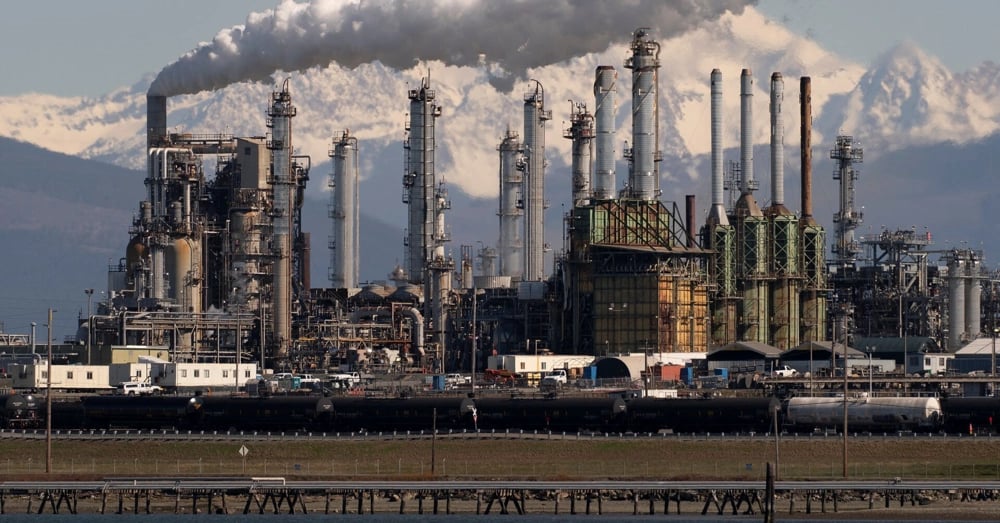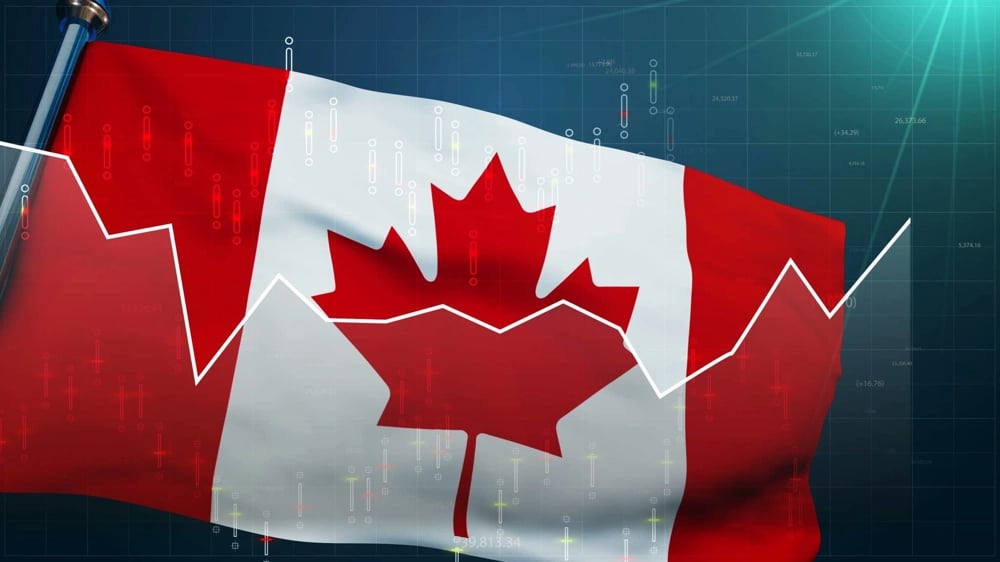Fed’s Lisa Cook Warns Trump’s Trade Policy Could Hamper Productivity, Push Rates Higher
Federal Reserve Governor Lisa Cook issued a pointed assessment of the potential economic consequences stemming from President Donald Trump’s increasingly protectionist trade agenda. Speaking at a Hoover Institution economic symposium at Stanford University, Cook noted that recent policy changes could impair U.S. productivity growth and introduce inflationary pressures that might ultimately necessitate higher interest rates.
Cook’s comments suggest growing concern within the Federal Reserve over how external policy shifts — particularly around trade — could impact the Fed’s dual mandate of maximum employment and price stability. With economic efficiency under threat, the Fed may face more difficult trade-offs in the years ahead.
Supply-Side Strains and Policy Realignment
Cook underscored that productivity losses could arise not only from direct tariffs and import restrictions but also from the broader climate of policy uncertainty and global fragmentation. This comes at a time when inflation has already tested the Fed’s credibility, and the central bank has faced political pressure to ease monetary conditions.
Economic frictions potentially arising from trade realignment:
Reduced global supply chain efficiency, limiting input flexibility and scale advantages
Decreased investment certainty, discouraging capital expenditure in trade-sensitive sectors
Rising input costs, which may pass through to consumers as higher prices
Lower innovation transmission, due to curtailed international collaboration
More volatile foreign relations, impacting currency and capital flows

From Micro to Macro: How Policy Ripples Reach the Fed
Dampened Productivity Growth With trade barriers rising, firms may shift toward less optimal production strategies, reducing overall output per worker. This could slow potential GDP growth.
Increased Inflation Risks Supply chain constraints, elevated import prices, and retaliatory tariffs could accelerate inflation beyond the Federal Reserve’s 2% target.
Higher Interest Rate Path If inflation becomes structurally embedded due to inefficiencies, the Fed may be compelled to tighten monetary policy — even amid weaker growth.
Policy Credibility Under Pressure Diverging political and economic narratives may undermine the Fed’s independence and create mixed signals for markets and businesses.
Capital Markets Response Bond yields could climb in response to both rate hikes and heightened inflation expectations, adding strain to interest-sensitive sectors like housing and tech.
Strategic Headwinds, Monetary Dilemmas
Cook’s remarks highlight the growing complexity of U.S. economic management as geopolitical strategies increasingly intersect with monetary policy. While the Fed traditionally operates under the assumption of a globally integrated economy, rising trade frictions may force a reevaluation of this framework. If the U.S. enters a prolonged phase of economic self-reliance, the monetary tools currently in place may require adjustment.
This intersection of politics and central banking suggests a more turbulent macroeconomic environment ahead — one in which traditional relationships between productivity, inflation, and interest rates may evolve in unexpected ways.















Comments
Big changes like this signal a transformative period for the automation landscape
A deal of this magnitude could be a game changer for automation's role in technology